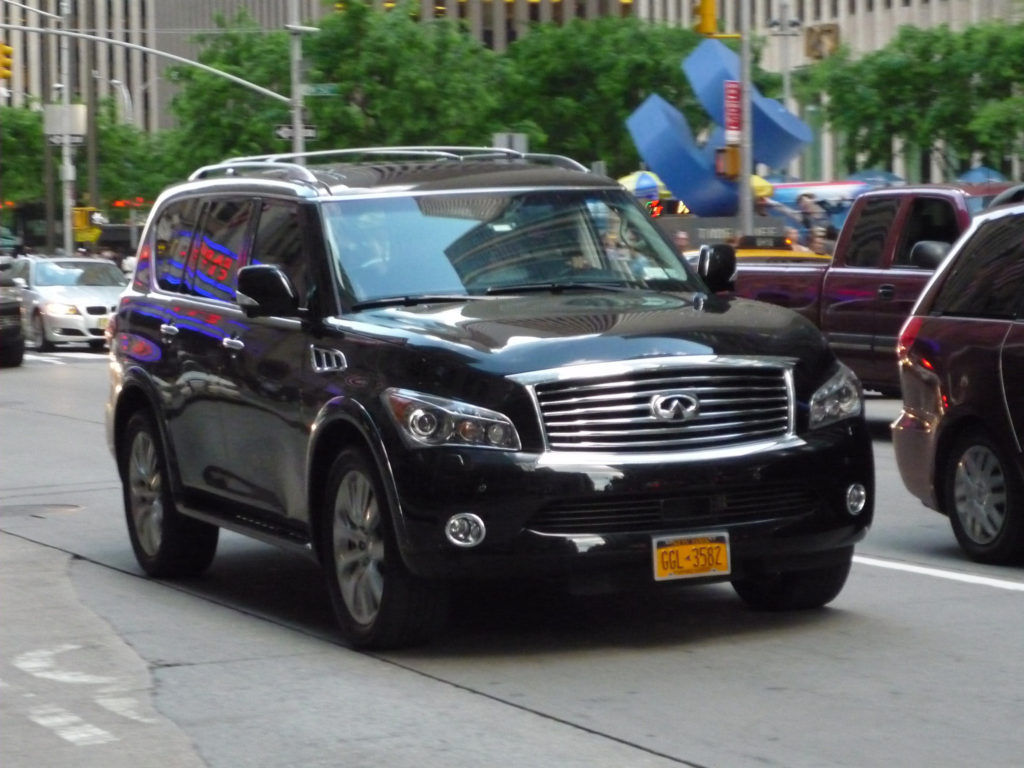
Five years ago, the Obama Administration announced that the Corporate Average Fuel Economy or CAFE standard for the year 2025 would be 54.5 miles-per-gallon. They estimated that improving the average fuel economy of cars and light-duty trucks to this level would save car owners $1.7 trillion at the pump and eliminate more than 6 billion metric tons of greenhouse gas emissions.
Unfortunately, the reality is that we are not likely to get even close to that kind of fuel economy over the next nine years. For one thing, the official calculation for fleet fuel economy takes into account all sorts of adjustments and credits that effectively raise the official average for gas-powered cars. Electric cars, flex fuel cars, rooftop solar panels and trading credits between manufacturers all raise the average. Perhaps more importantly, gas prices are so low these days that sales of trucks and SUVs are surging and the potential savings from high fuel economy vehicles aren’t as high.
Sales of hybrids, plug-in hybrids and fully electric vehicles are growing, but they still represent only a small fraction of all car and truck sales – about 3%. Added together, they are still less than the sales of just the best-selling Ford 150 series pickup truck.
It isn’t all futility, however. Today’s overall fuel economy average of 24.3 mpg is the highest ever recorded, so there is progress. And, of course, gas prices are not likely to stay low indefinitely. They never do.
Transportation is one of the largest contributors to greenhouse gas emissions so there is plenty of incentive to get serious about fuel economy. We would truly be better off if 54.5 mpg was more than just a dream.
**********
Web Links
On Fuel Economy Efforts, U.S. Faces an Elusive Target
Photo, posted June 5, 2014, courtesy of Jason Lawrence via Flickr.
‘The Struggle for Fuel Economy’ from Earth Wise is a production of WAMC Northeast Public Radio.